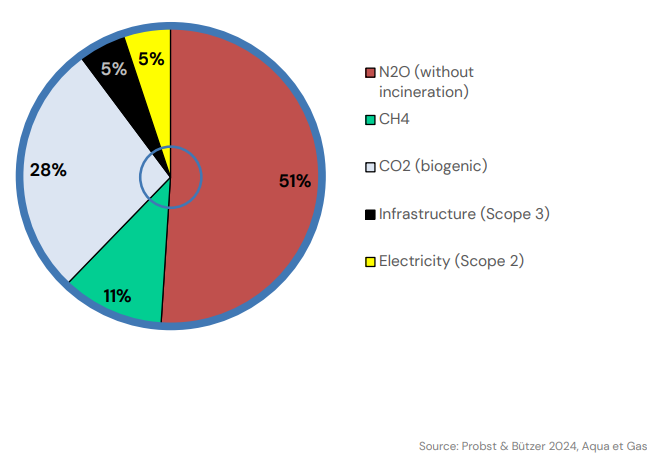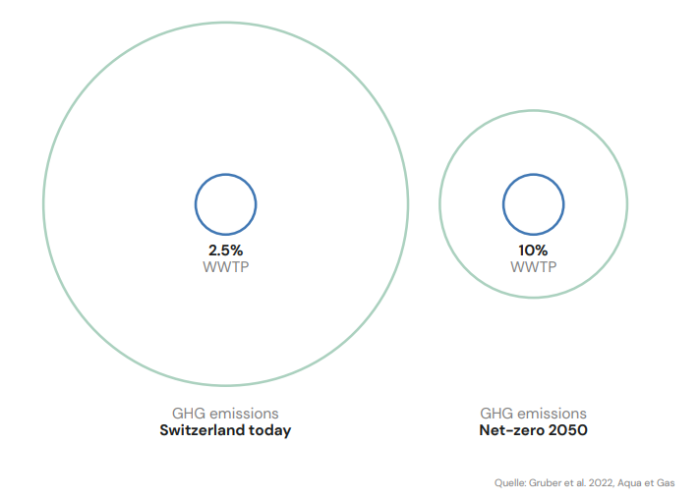Waste water treatment plants
are by no means low emission facilities. Reducing the emission of greenhouse gases (GHG) is an important factor in wastewater treatment. As a project, we at ResNRJwater are always interested to hear about the topics our colleagues in the industry are working on, and so we very much enjoyed hearing Lausanne-based researcher Dr. Wenzel Gruber´s presentation on the topic of nitrous oxide (N2O) emissions in wastewater treatment.
Laughing gas but by no means funny
N2O (Nitrous
oxide) or Laughing gas is the main GHG emitted in a wastewater
treatment plant. It is produced during biological Nitrogen removal. As a potent
greenhouse gas,
which has a 273 CO2 equivalence[LS1] , it is the most important greenhouse
gas.
GHG emissions from Waste water treatment plants

The Net Zero aim
Most European countries are committed to the Net Zero aim, which obliges them to reduce their emissions subsequently in a relatively short time frame.
A robust method
Due to strong seasonal dynamics, long-term monitoring is required to representatively assess emissions.
Wenzel Gruber has co-developed a robust method (NOTOS) for this purpose and presented his results at our partner meeting in Switzerland.
This method is highly flexible in its application, and thus, easy to install on any kind of wastewater treatment plant. The result is a monitoring process that produces exact data over a longer period. As Net Zero is the target in all European countries within the next 15 to 25 years, NOTOS and its measurement results will help to achieve this goal.
As a result of the successful implementation, the NOTOS system is already available, and it is being used as a commercial product in around 20 utilities in Switzerland and abroad.
